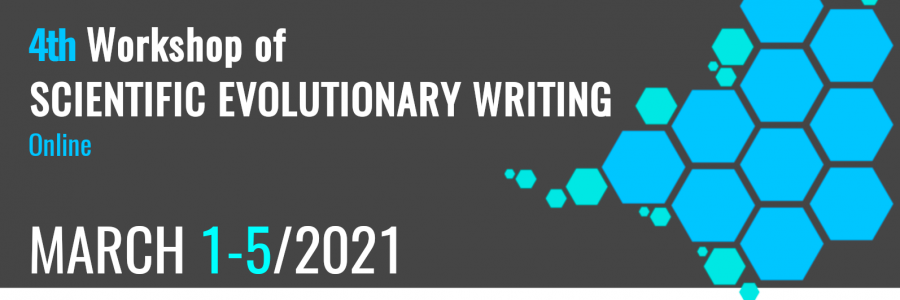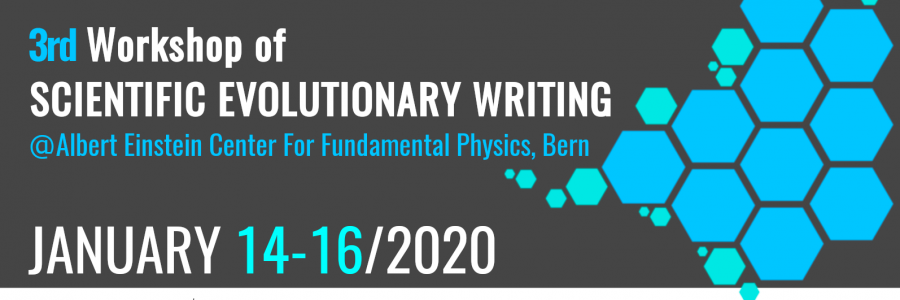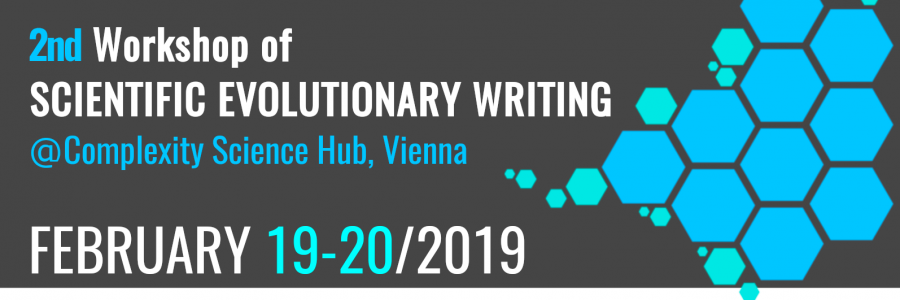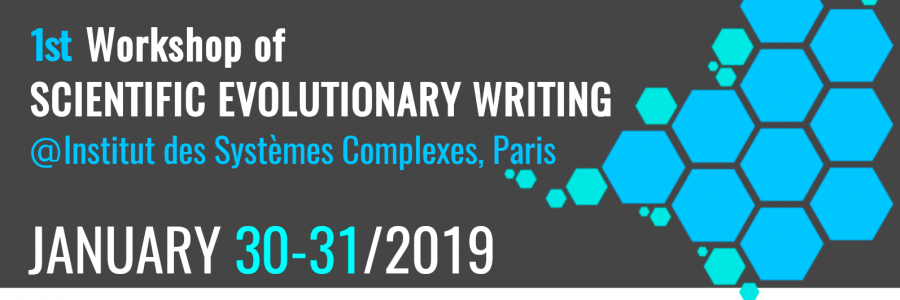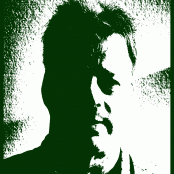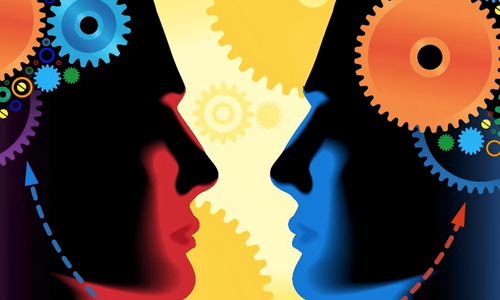Author: wp_satellite_ws
Sew 3′ Edition
Sew 2′ Edition
Sew 1′ Edition
Mark Buchanan
Mark Buchanan is a physicist and science writer based in Europe. A former editor with the international science journal Nature and also New Scientist, he is the author of four books and numerous articles exploring the ideas of modern physics. He writes regular columns for Bloomberg Opinion and Nature Physics.
Where are We on the Origin of Life Problem
by Stuart Kauffman
Abstract: I will discuss several approaches to the origin of life issue, mostly based on classical physics, some on recent results on the “Poised Realm”, hovering reversibly between quantum and classical behaviors. Classically, work on the origin of life follows these lines: 1) Search for template replicating RNA or RNA cousins in the RNA World. 2) The Lipid World, of self reproducing, dividing liposomes. Work combining RNA World and Lipid World is underway. 3) Collectively autocatalytic sets of polymers, achieved experimentally with RNA, with DNA, and with peptides. Peptide sets show that RNA is not needed for molecular reproduction. We can hope for evolving protocells by housing replicating polymer systems in dividing liposomes, where lipids are also synthesized by the total system. Open ended evolution involves selectable “genes”, available in the RNA world, and in peptide autocatalytic sets. In addition open ended evolution derives from Darwinian preadaptations of protoells in their abiotic worlds and with one another. Poised Realm aspects may include quantum criticality with unique electronic properties, now found in most evolved proteins.
Combinatorial Evolutionary Dynamics as a Prototype for Complex Systems
by Stefan Turner
Abstract: Many evolutionary systems are combinatorial in the sense that the creation of new entities is based on the combination of already existing things. By formalising this kind of dynamics into mathematical models one can realise that evolutionary systems are prototypes of complex systems, where the underlying network structure — that determines the next possible steps in evolution (adjacent possible)— co-evolves with the population of phase space (which things currently exist). We show that these models are self-organised critical and therefore are able to capture several key features of evolutionary systems, such as power laws in creation and extinction statistics, punctuated equilibria, and phases of massive and rapid re-structuring. We show an example where the model can be used to explain innovation dynamics as seen in world trade data.
The Expansion into the Adjacent Possible as a Microscopic Mechanism Driving Innovation
by Francesca Tria
Abstract: Recently, large databases witnessing human activities allowed the observation that novelties – such as the individual process of listening a song for the first time – and innovation processes – such as the fixation of new genes in a population of bacteria – share striking statistical regularities.
Studying Collective Human Decision Making and Creativity with Evolutionary Computation
by Hiroki Sayama
Abstract: In this talk, we will present a summary of our interdisciplinary research project “Evolutionary Perspective on Collective Decision Making” that was conducted through close collaboration between computational, organizational, and social scientists at Binghamton University. We redefined collective human decision making and creativity as evolution of ecologies of ideas, where populations of ideas evolve via continual applications of evolutionary operators such as reproduction, recombination, mutation, selection, and migration of ideas, each conducted by participating humans. Based on this evolutionary perspective, we generated hypotheses about collective human decision making and creativity, using agent-based computer simulations. The hypotheses were then tested through several experiments with real human subjects. Throughout this project, we utilized evolutionary computation (EC) in non-traditional ways— as a theoretical framework for reinterpreting the dynamics of idea generation and selection, as a computational simulation model of collective human decision-making processes, and as a research tool for collecting high-resolution experimental data on actual collaborative design and decision making from human subjects.
Major Transitions in Information Technology
by Sergi Valverde
Abstract: When looking at the history of technology, we can see that all inventions are not of equal importance. Only of a few technologies have the potential to start a new branching series (specifically, by increasing diversity), have a lasting impact in human life and ultimately became turning points. Technological transitions correspond to times and places in the past when a large number of novel artefact forms or behaviours appeared together or in rapid succession. Why does that happen? Is technological innovation continuous and gradual or it occurs in sudden leaps and bounds? The evolution of information technology allows for a quantitative and theoretical approach to technological transitions. The value of information systems experiences sudden changes when when we learn how to use this technology, when we can accumulate large amounts of information and when communities of practice create and exchange information freely. The coexistence between gradual improvements and discontinuous technological change is a consequence of the asymmetric relationship between complexity and hardware and software. Using a cultural evolution approach, I suggest that sudden changes in the organization of information technologies depend on the high costs of maintaining and transmitting reliable information.
